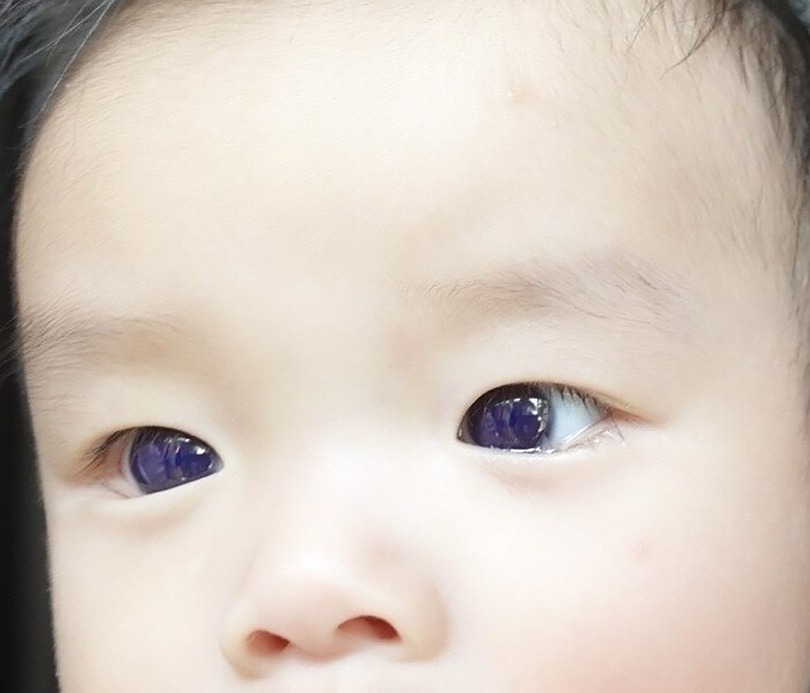New Delhi, Sep 7 (IANS) In a rare complication from a treatment of Covid-19 antiviral, the eyes of a six-month-old baby boy from Thailand have turned an unusual shade of blue.
According to researchers from Chulabhorn Royal Academy in Bangkok, the boy who suffered fever and cough lasting one day was diagnosed with Covid infection.
He was prescribed favipiravir therapy — as first-line therapy at a dose of 82 mg/kg/day on Day 1 and favipiravir syrup at a dose of 29 mg/kg/day on Days 2-5.
Within 18 hours of therapy, the mother noticed a discolouration of the child’s eyes.
The bright blue colour of the cornea was observed under sunlight.
The cornea returned to normal colour within five days of medication cessation. No bluish discolouration was observed in other areas such as skin, nails, or oral and nasal mucosa.
An eye examination was performed by an ophthalmologist using a handheld slit lamp 2 weeks after SARS-CoV-2 infection.
The patient was able to fix and follow the light in all directions.
The cornea was clear and lacked a bluish corneal hue. No blue pigment deposit was observed on the surface of the iris or the anterior lens capsule. The anterior chamber was deep and clear and lacked content. No evidence of fluorescence was observed when a cobalt blue filter was applied.
“The case highlights the need for monitoring of favipiravir therapy in children due to the potential side effect of corneal discoloration, which has not yet had its long-term effects identified,” said Paveewan Jiravisitkul, from the Department of Pediatrics, Chulabhorn Hospital at Chulabhorn, along with the team.
“While favipiravir is currently the mainstay of oral antiviral treatment for children with Covid-19, its safety profile in children who are still in the developmental stage is uncertain,” Jiravisitkul said emphasising the need for further studies to determine long-term consequences on corneal health.
“The reported adverse event, although rare, should be taken seriously and closely monitored in future cases”.
While this is not the first time that bluish discolouration of the cornea post favipiravir therapy has been documented, it is noteworthy that the resolution of discoloration was comparatively slower in this case report published in a paper in the journal Frontiers in Pediatrics.
According to researchers various factors, such as age, dosage, and treatment duration, may contribute to this difference. The exact reason for this delay remains unclear; however, a decrease in urine excretion could be a plausible contributing factor.
In a prior investigation, a higher frequency of uric acid elevation in younger patients treated with favipiravir was observed, which could be linked to decreased urine output.
It is crucial to monitor and report such cases to gain a comprehensive understanding of the potential effects of medication on corneal discoloration and their resolution, particularly among children, as the incidence of this adverse event remains uncertain, Jiravisitkul said.
In addition, favipiravir has also been shown to cause fluorescence in human hair and nails. This adverse effect may be due to the drug, its metabolites, or additional tablet components such as titanium dioxide and yellow ferric oxide.
Despite the potential for adverse effects, favipiravir remains the mainstay of oral antiviral treatment in Thailand for children with Covid-19. The current working dose is 35 mg/kg twice daily on Day 1 followed by 15 mg/kg twice daily on Days 2-5.

